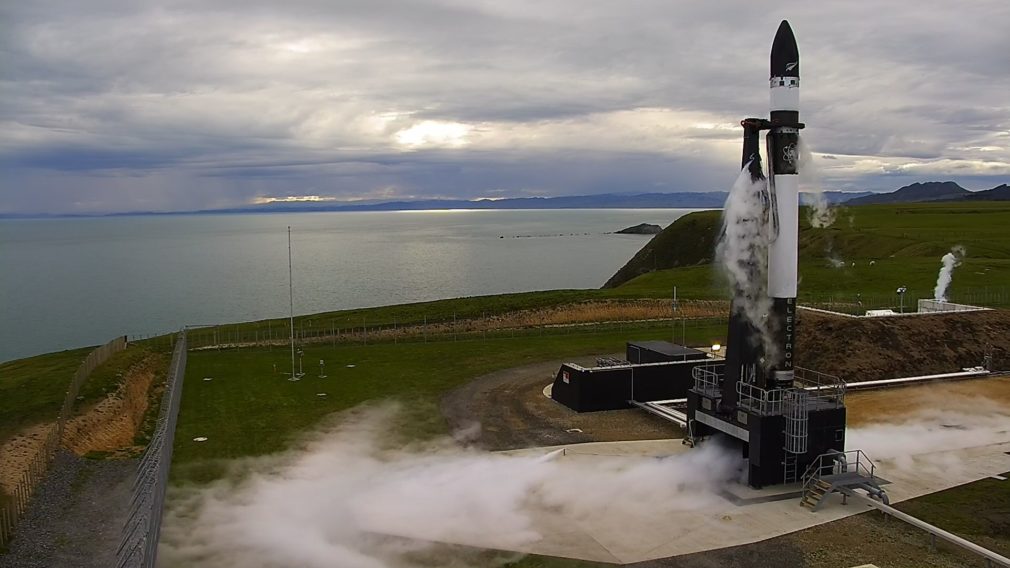It surely has been long but another private space company is now joining the big league to send off small satellites into the eternity beyond Earth. Called Rocket Lab, the company has created history with two prominent feats to its name — it has not only lifted off its own private launch site on Mahia Peninsula in New Zealand but the components of their ‘Electron’ rocket were 3D printed using carbon fiber.
This was the Electron’s first launch attempt and the window for the same opened back on May 21. The lift-off process was delayed until today due to different unfavorable conditions when it finally took flight from the company’s self-constructed, private launch facility — Launch Complex 1 on Mahia Peninsula.
The mission was particularly named ‘It’s a test’ and has now added its name to history as the same achieved another feat. This was also the first-ever lift-off from New Zealand, which is now joining other heavyweights to become the 11th country to have the ability to launch payloads into space.
#ItsaTest pic.twitter.com/KRo1iBB1wK
— Rocket Lab (@RocketLabUSA) May 25, 2017
Yes, it’s surely a day for celebration for Rocket Lab and they team will be extremely elated to be collecting the troves of data being beamed down by its Electron rocket. The streams of data has been collected and the company’s engineers will work through over 25,000 points of data that were collected during the rocket’s flight. Commenting on the launch, Peter Beck, CEO and founder of Rocket Lab said:
It has been an incredible day and I’m immensely proud of our talented team. We’re one of a few companies to ever develop a rocket from scratch and we did it in under four years. We’ve worked tirelessly to get to this point. We’ve developed everything in-house, built the world’s first private orbital launch range and we’ve done it with a small team.
The private space company managed to successfully launch the Electron from an island in New Zealand but the end mission wasn’t exactly a success. Rocket Lab, as expected, was able to achieve a beautiful lift-off, followed by the first stage burn, stage separation, second stage ignition and fairing separation. But, the things which followed are still unknown as the test payload didn’t make it to the orbit. However, the rocket launched and reaffirmed that it is working in the correct direction.
And if you haven’t looked at enough on-rocket video footage from the multiple SpaceX launches, then here’s another one from the Electron. The Earth surely looks beautiful and the engine’s till revving. Great work, Rocket Lab team!
Space – as seen by Electron. #ItsaTest pic.twitter.com/JR2RlZuLFp
— Rocket Lab (@RocketLabUSA) May 25, 2017
As mentioned in the official blog post, this is one of the three launches Rocket Lab has scheduled for this very year. The company is determined to understand its shortcomings and remove minor quirks before relaunching another Electron to space. It not only plans to focus on reaching the orbit the next time around but also increase the payload capacity to push the rocket little further. And they have the ambitious objective to achieve the following:
At full production, Rocket Lab expects to launch more than 50 times a year and is regulated to launch up to 120 times a year. In comparison, there were 22 launches last year from the United States, and 82 internationally.





